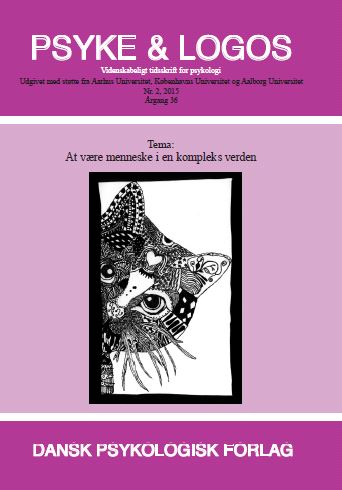Hvad er uddannelse til for?
DOI:
https://doi.org/10.7146/pl.v36i2.23400Resumé
The article aims at providing some building blocks for an educational approach that meets the current requirements for specific competencies and at the same time insists on wholeness and Bildung as a basic value in educational theory and practice. The basic idea of the article is to
make the concept of competency an integral part of a Bildung-framework that can overcome some of the basic contradictions seen in the current way of framing pedagogic, teaching, and education. This is done by applying the principle of double-sided openings on the concept of
qualified self-determination that concerns four basic forms of life competencies which humans must develop in order to be capable of realising a functional-viable life in the tension field between themselves and their surroundings – with regard to relationships, culture and
society. The article argues that the four competencies are cross-contextual and that the concept of qualified self-determination thus has the potential to function as a meta-methodology for educational theory and practice, hereby paving the way for academic and interdisciplinary
discussion of didactics, as well as for collaboration across different educational and institutional contexts. This is highly relevant in a complex world where human beings in pedagogical and educational processes interact in contexts where they meet people from different professions and therefore may need a translation key in order to understand how the different professions contribute to the participants’ development of life competencies on an overall
basis. Finally, an organisational model for a Bildung-anchored educational approach that applies qualified self-determination as both foundation and directional point of orientation for its activities is presented.
Downloads
Publiceret
Citation/Eksport
Nummer
Sektion
Licens
Ophavsret er tidsskriftets og forfatternes. Det er gældende praksis, at artikler publiceret i Psyke & Logos, som efterfølgende oversættes til andet sprog, af forfatteren frit kan publiceres i internationale tidsskrifter, dog således at det ved reference fremgår, at den oversatte artikel har et forlæg i en dansksproget version i Psyke & Logos. Artikler kan frit deles og linkes til på forsknings- og undervisningsnetværk (så som Blackboard). Link foretrækkes, fordi det giver oplysning om brug af tidsskriftets artikler.




